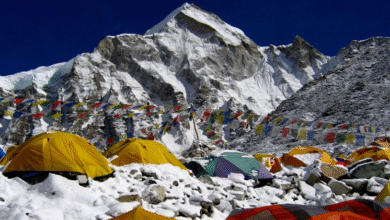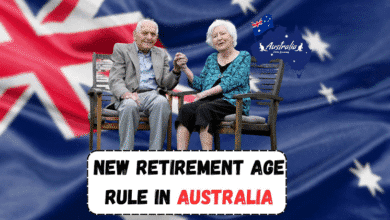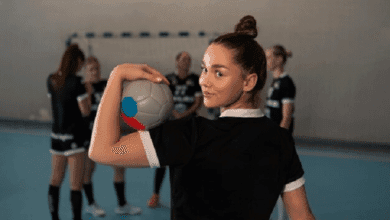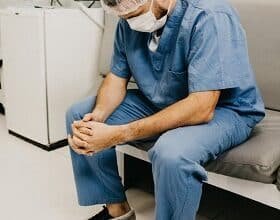Ansan Massage Therapy for Runners: Preventing Injuries and Enhancing Performance
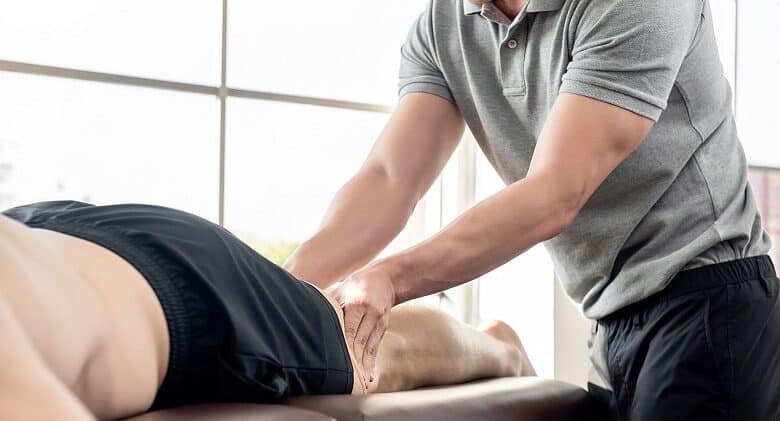
For runners, the thrill of lacing up your shoes and hitting the road or trail is unmatched. Running is not only an excellent form of cardiovascular exercise but also a passion and way of life for many. However, with the high physical demands that running places on the body, injuries can become an all-too-common occurrence. Whether you’re an elite marathoner or a casual jogger, your body takes a beating with each stride, and proper recovery is essential to keep you going. This is where massage therapy plays a crucial role in both preventing injuries and enhancing performance.
The Importance of Recovery in Running
Running can be incredibly rewarding, but it also subjects the body to repetitive stress. Your muscles, tendons, and ligaments must withstand a significant amount of impact, especially if you run long distances. Over time, without proper care, this repetitive motion can lead to overuse injuries like shin splints, plantar fasciitis, iliotibial (IT) band syndrome, and even stress fractures. To avoid these injuries, many runners adopt specific recovery routines, including stretching, foam rolling, and proper hydration. Massage therapy 안산출장마사지 is one of the most effective methods for muscle recovery and injury prevention. By incorporating regular massage into your routine, you can not only prevent injury but also improve overall performance, making it a vital component of any serious runner’s training plan.
How Massage Therapy Prevents Injuries
Massage therapy can help reduce the likelihood of running injuries in several key ways:
Reducing Muscle Tightness and Tension: Running puts a tremendous amount of stress on muscles, particularly in the legs, hips, and lower back. Tight muscles are more prone to strain and injury, especially when the body is pushed beyond its limits. Massage therapy helps to loosen tight muscles, break down adhesions (knots), and improve flexibility. This reduces the risk of common overuse injuries by maintaining a healthy range of motion in the joints and muscles.
Enhancing Circulation: One of the most significant benefits of massage is improved blood circulation. Increased blood flow ensures that oxygen and essential nutrients reach the muscles more efficiently, promoting faster recovery and reducing the risk of muscle fatigue. Better circulation also helps to remove waste products like lactic acid, which can accumulate in muscles after a long or intense run. By allowing the body to get rid of these toxins more quickly, massage reduces the soreness and stiffness that can occur after a workout.
Alleviating Muscle Imbalances: Muscle imbalances often develop in runners due to the repetitive nature of the sport. For example, some runners might develop stronger quadriceps and weaker hamstrings or overly tight hip flexors, which can lead to problems like IT band syndrome. Massage therapy targets these imbalances by focusing on muscles that tend to be neglected or overworked. Correcting these imbalances can lead to a more efficient running form and a lower likelihood of injury.
Promoting Flexibility and Mobility: Lack of flexibility in the muscles and connective tissues can lead to increased strain on the body and a higher risk of injury. Massage therapy helps to improve the elasticity of muscles, tendons, and ligaments, allowing for greater flexibility and mobility. This is especially important for runners, as stiff or inflexible muscles can lead to joint problems and injuries like the runner’s knee or Achilles tendinitis.
Massage Therapy for Performance Enhancement
In addition to preventing injuries, massage therapy can significantly enhance running performance. Here’s how:
Faster Recovery Between Runs: One of the most prominent challenges runners face is recovering quickly enough between training sessions. Overtraining can lead to injuries and burnout, while insufficient recovery can impede progress. Regular massage therapy accelerates recovery by increasing circulation, reducing inflammation, and helping muscles repair themselves more efficiently. This means you can get back to training faster without the risk of overtraining or injury.
Increased Flexibility and Range of Motion: As mentioned earlier, massage therapy helps increase flexibility. This improved flexibility translates to better running form and efficiency. When muscles and joints move freely, it requires less effort to maintain a good stride, which can result in faster race times and more endurance. Additionally, improved flexibility allows runners to stretch their muscles more effectively, which helps prevent injury during training and racing.
Reducing Muscle Fatigue: Fatigued muscles are more prone to injury and less capable of producing peak performance. Massage helps reduce muscle fatigue by increasing blood flow to the muscles and flushing out toxins that accumulate during strenuous exercise. By minimizing muscle fatigue, massage therapy enables runners to maintain their pace for more extended periods, helping them perform better during long-distance events.
Enhanced Mental Focus and Relaxation: Running, especially long-distance running, requires a great deal of mental endurance and focus. Massage therapy can help runners relax and improve their mental state by reducing stress and anxiety. The soothing effects of massage promote relaxation, allowing runners to clear their minds and focus on their goals. This mental clarity can make a significant difference in both training and race-day performance.
Improved Muscle Endurance: Regular massage therapy helps keep muscles strong and resilient, improving their ability to handle the repetitive stress of running. This improved endurance means that muscles are less likely to fatigue or break down during long runs or races, allowing runners to push themselves further without compromising performance.
Best Siheung Massage Techniques for Runners
Not all massages are the same, and specific techniques are particularly beneficial for runners. Here are a few types of massage therapy that can be especially effective:
Deep Tissue Massage: Deep tissue massage focuses 시흥출장안마 on the deeper layers of muscle and connective tissue. It helps release chronic muscle tension, especially in areas prone to tightness like the calves, hamstrings, and lower back. This technique is ideal for runners dealing with muscle stiffness or recovering from an intense training block.
Sports Massage: Sports massage is designed specifically for athletes and can be tailored to the needs of runners. This type of massage focuses on areas of the body that experience the most stress during running and incorporates a combination of stretching, kneading, and pressure techniques to prevent injury and promote recovery.
Trigger Point Therapy: Trigger points, or knots, can develop in muscles due to overuse, leading to pain and discomfort. Trigger point therapy targets these areas, releasing the knots and restoring normal muscle function. This can be particularly helpful for runners who experience muscle tightness or tension in specific areas, such as the IT band or calves.
In Summary
Massage therapy is a powerful tool for runners looking to prevent injuries and enhance performance. By incorporating regular massage sessions into your training routine, you can reduce muscle tension, improve circulation, correct imbalances, and speed up recovery. Whether you’re training for a marathon or just enjoying the occasional run, massage therapy can help you stay injury-free and perform at your best.
